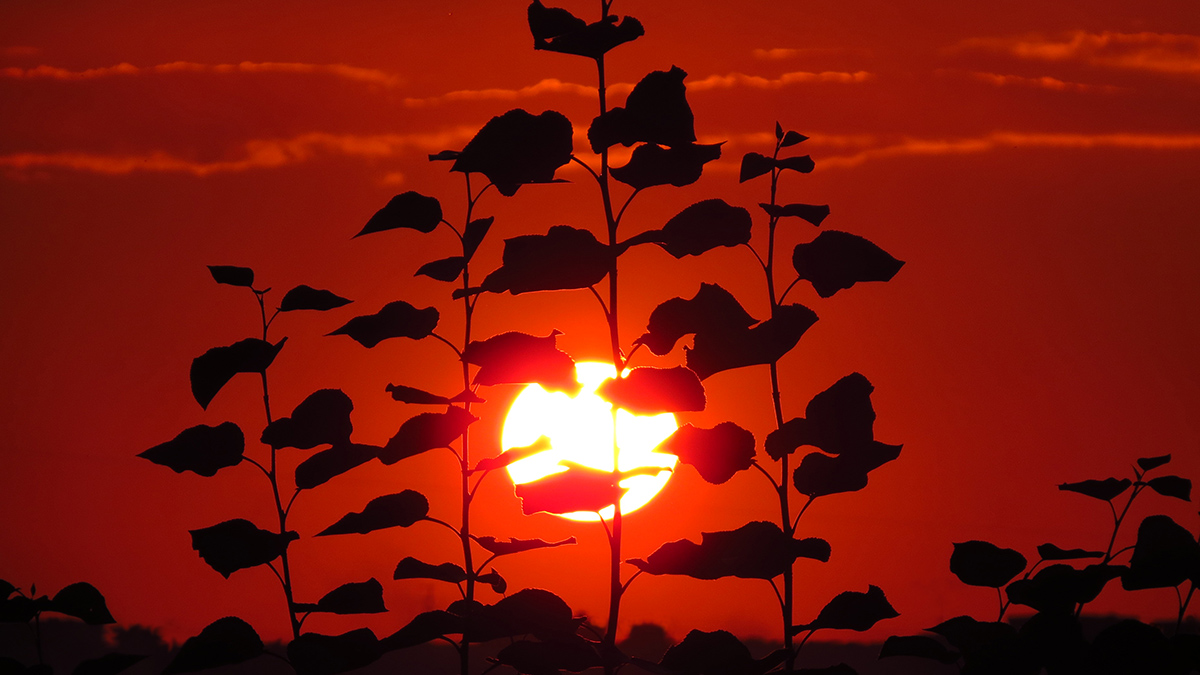Source: Global Biogeochemical Cycles
Throughout the first half of 2020, average monthly temperatures in Siberia reached 6°C above the norm. The situation climaxed on 20 June, when the temperature in the town of Verkhoyansk climbed to 38°C (100.4°F), the highest temperature ever recorded north of the Arctic Circle. With the extreme heat came wildfires, insect outbreaks, and thawing permafrost.
Now Kwon et al. suggest that the effects of the 2020 heat wave were still detectable the following year in the form of warmer- and wetter-than-usual soils.
The researchers obtained data on temperatures, precipitation, and other climatic factors from the European Centre for Medium-Range Weather Forecasts and incorporated them into a model of high-latitude ecosystems. To capture the effect of the 2020 Siberian heat wave, they replaced data from 2020 with data from each of the previous 5 years (2015 to 2019), which provided five estimates of what regional ecosystems might have looked like in 2021 had the heat wave not occurred.
The analysis indicated that the high heat caused soil temperature to remain roughly 1.2°C, or about 150%, warmer in 2021 than it would have been without the heat wave, even though air temperatures had returned to normal. The warmer temperatures also melted soil ice, resulting in wetter soil than usual. Root zone soil water availability, a measure of how much water soil can hold in the rooting depth of plants, increased by 10.9% in forests in 2021 and by 9.3% in grasslands. However, some of this meltwater left the soil via runoff.
In response to warmer, wetter soil, microbes proliferated and caused the soil ecosystem to emit more carbon dioxide than usual, the modeling indicated. In forests, this effect was largely offset by an increase in photosynthesis as plants flourished under the new conditions. In grasslands, on the other hand, photosynthesis initially increased during the heat wave event but then quickly decreased until 2021 as plants used up the available water and died off. As a result of the 2020 heat wave, the researchers reported, forests gained an additional 6 grams of carbon per square meter in the first half of 2021, whereas grasslands lost 10.9 grams of carbon per square meter. (Global Biogeochemical Cycles, https://doi.org/10.1029/2025GB008607, 2025)
—Saima May Sidik (@saimamay.bsky.social), Science Writer


